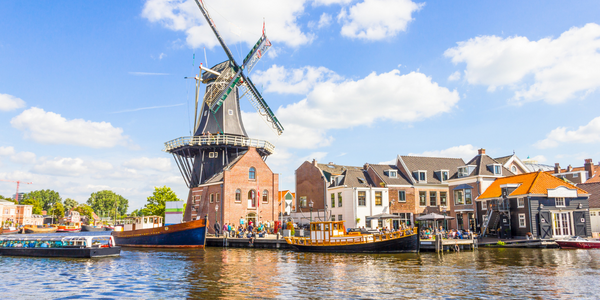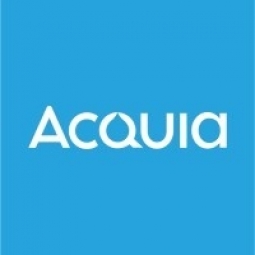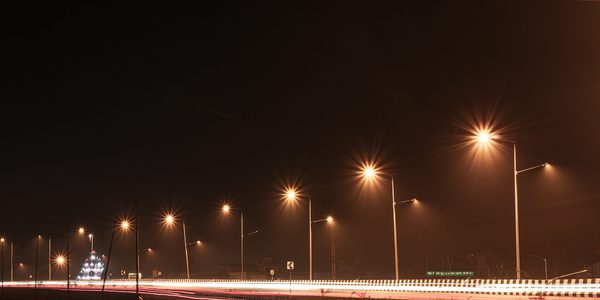Technology Category
- Platform as a Service (PaaS) - Application Development Platforms
- Sensors - Utility Meters
Applicable Industries
- Cities & Municipalities
- Electrical Grids
Applicable Functions
- Logistics & Transportation
- Product Research & Development
Use Cases
- Intelligent Urban Water Supply Management
- Water Utility Management
Services
- Cloud Planning, Design & Implementation Services
- System Integration
About The Customer
Water Research Foundation (WRF) is an organization committed to the funding and distribution of water research, primarily related to drinking water. Municipalities, universities, and utility providers across the country use WRF’s research to improve drinking water. WRF is the world’s leading one water research and innovation organization operating on six continents. Their Foundation represents approximately 1,200 subscribers, hosts an online research library of more than 2,300 projects valued at $700 million, manages an innovation platform with a database of more than 1,100 innovative technologies, and much more.
The Challenge
Water Research Foundation (WRF) aimed to increase subscriber engagement by making its leading water research more accessible. However, their previous website was cumbersome and required a highly motivated user to find what they needed. The platform also lacked comprehensive personalization capabilities. The challenges for this project were two-fold: technical integration and a simplified user experience. WRF was transitioning from older, outdated systems to newer platforms, which posed significant data connections and migration problems. The migrations included moving from Sharepoint to Acquia DAM, from ASP.NET to Drupal 8 CMS, and from Microsoft IIS to Acquia Cloud Personalization. Additionally, creating an engaging and useful user experience was a challenge. With thousands of research materials untagged and unstructured, content organization was only the start. Delivering the site as a customizable tool for subscribers to get the most out of the research was also key.
The Solution
In partnership with Elevated Third, WRF started with a fresh look at not just the information architecture, but the concept of the site itself. They envisioned a digital magazine instead of a research database, something that would be easily browsable and enticing. Hundreds of existing tags and categories were collapsed to a few meaningful ones with the help of digital card sorts with subscribers. Layouts focused on key topic pages to bring together projects, research, articles, and events around central themes important to users. Acquia Cloud Platform provided a stable base for all of WRF’s sites, offering performance and a dev-ops workflow that keeps the development process lean and fast. Using Acquia Personalization, WRF can target users by activity or persona. They will customize content portals by role (researcher, utility manager, city planner), promote local events by user location and deploy a future integration with email and marketing automation to continue to support the goal of ever-increasing subscriber engagement.
Operational Impact

Case Study missing?
Start adding your own!
Register with your work email and create a new case study profile for your business.
Related Case Studies.

Case Study
Turning A Stadium Into A Smart Building
Honeywell created what it called the “intelligent system” for the National Stadium in Beijing, China, turning the venue for the opening and closing events at the 2008 Summer Olympics into a “smart building.” Designed by highly controversial artist Ai Weiwei, the “Bird’s Nest” remains one of the most impressive feats of stadium architecture in the world. The 250,000 square meter structure housed more than 100,000 athletes and spectators at a time. To accommodate such capacity, China turned to Honeywell’s EBI Integrated Building Management System to create an integrated “intelligent system” for improved building security, safety and energy efficiency.
.png)
Case Study
Smart Street Light Network (Copenhagen)
Key stakeholders are taking a comprehensive approach to rethinking smart city innovation. City leaders have collaborated through partnerships involving government, research institutions and solution providers. The Copenhagen Solutions Lab is one of the leading organizations at the forefront of this movement. By bringing together manufacturers with municipal buyers, the Copenhagen Solutions Lab has catalyzed the development and deployment of next-generation smart city innovations. Copenhagen is leveraging this unique approach to accelerate the implementation of smart city solutions. One of the primary focus areas is LED street lighting.

Case Study
Buoy Status Monitoring with LoRa
The Netherlands are well-known for their inland waterways, canals, sluices and of course port activities. The Dutch Ministry of Infrastructure indicates that there are thousands of buoys and fixed items in and near water environments that would profit from IoT monitoring. One of the problems with buoys for example, is that they get hit by ships and the anchor cable breaks. Without connectivity, it takes quite some time to find out that something has happened with that buoy. Not to mention the costs of renting a boat to go to the buoy to fix it. Another important issue, is that there is no real-time monitoring of the buoys at this moment. Only by physically visiting the object on the water, one gains insight in its status.

Case Study
Barcelona Case Study
Barcelona’s heavy traffic and its associated high levels of pollution were the primary factors that motivated some companies and universities to work on strategies for improving traffic in the city centre. Bitcarrier is one of the technologies involved in the In4Mo Project, whose main objective is to develop the applications that form the core of smart mobility, one of the fundamental pillars of the smart city concept.

Case Study
China Mobile Smart Parking
Smart Parking, powered by NB-IoT technology, is making it easier for drivers to find free parking spots. Cities can better manage their parking assets and maximize the revenue available to them as a result. Drivers searching for parking create congestion and pollution by circling and hunting for available parking. Smart Parking services are able to significantly ease these problems by guiding a driver directly to a parking space.








